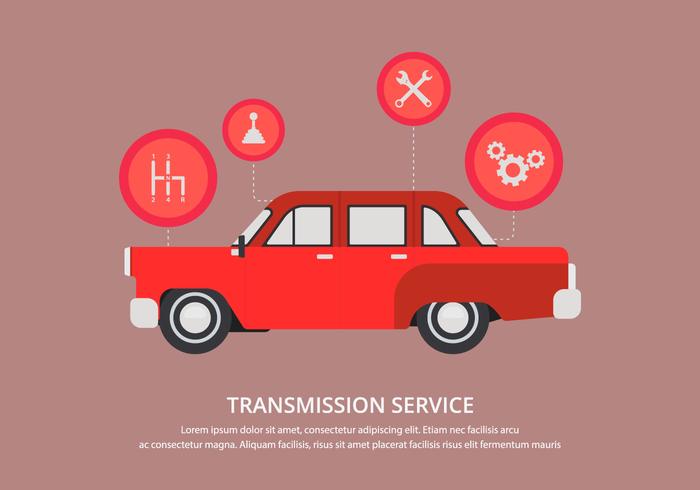Seeking Clarity On The Warning Lights Showed On Your Automobile'S Control Panel? Learn Exactly How They Associate With Your Car'S Health And Safety
Seeking Clarity On The Warning Lights Showed On Your Automobile'S Control Panel? Learn Exactly How They Associate With Your Car'S Health And Safety
Blog Article
Posted By-Hartley Winters
When you lag the wheel, those radiant caution lights on your control panel can be a bit perplexing. Do you understand what they're trying to tell you about your auto's wellness? Understanding the significance of these lights is essential for your safety and the longevity of your lorry. So, the next time one of those lights appears, wouldn't you wish to understand its message precisely and take the needed steps to address it?
Common Warning Lighting and Interpretations
Recognize common warning lights in your auto and understand their significances to make sure secure driving.
The most typical caution lights consist of the check engine light, which indicates issues with the engine or discharges system. If this light begins, it's vital to have your automobile checked without delay.
visit this link advising light indicates reduced oil stress, requiring immediate focus to prevent engine damages.
https://finnifezs.spintheblog.com/30307989/the-progression-of-auto-outlining-strategies-throughout-the-last-10-years blinking battery light could suggest a malfunctioning billing system, possibly leaving you stranded otherwise addressed.
The tire pressure tracking system (TPMS) light signals you to low tire stress, impacting automobile security and fuel performance. Disregarding https://www.wesh.com/article/finding-the-right-auto-mechanic-for-your-car/37669216 might result in harmful driving problems.
The ABS light shows a problem with the anti-lock stopping system, compromising your capability to stop quickly in emergencies.
Lastly, the coolant temperature level alerting light warns of engine overheating, which can lead to serious damages otherwise solved promptly.
Recognizing these usual caution lights will certainly help you attend to issues without delay and keep risk-free driving conditions.
Significance of Prompt Attention
Understanding the common caution lights in your vehicle is just the initial step; the significance of quickly dealing with these warnings can not be stressed enough to guarantee your safety and security when traveling.
When a caution light brightens on your dashboard, it's your automobile's means of connecting a potential problem that requires interest. Overlooking these warnings can bring about extra severe issues down the road, endangering your safety and security and possibly costing you more out of commission.
Prompt attention to warning lights can stop malfunctions and accidents. As an example, a flashing check engine light might indicate a misfire that, if left unattended, might trigger damage to the catalytic converter. Resolving this without delay can conserve you from a costly repair.
In a similar way, a brake system alerting light might signify reduced brake liquid or worn brake pads, crucial elements for your safety and security when driving.
DIY Troubleshooting Tips
If you discover a warning light on your dashboard, there are a few DIY fixing suggestions you can try prior to seeking expert assistance.
The primary step is to consult your automobile's manual to understand what the details warning light suggests. In some cases the concern can be as easy as a loosened gas cap setting off the check engine light. Tightening the gas cap might fix the trouble.
https://dantesnhbu.theobloggers.com/36068745/auto-outlining-throughout-the-year-tips-for-seasonal-prep-work is a low battery, which can activate various alerting lights. Checking the battery links for deterioration and guaranteeing they're safe may repair the issue.
If a warning light persists, you can try resetting it by separating the vehicle's battery for a couple of minutes and then reconnecting it. In addition, inspecting your vehicle's fluid levels, such as oil, coolant, and brake fluid, can aid troubleshoot advising lights connected to these systems.
Final thought
To conclude, recognizing your vehicle's warning lights is necessary for keeping your vehicle running smoothly and safely. By without delay resolving these alerts and recognizing what they indicate, you can prevent costly repairs and possible break downs.
Remember to consult your vehicle's manual for certain information on each alerting light and take action accordingly to guarantee a hassle-free driving experience.
Stay educated, stay safe on the road!
